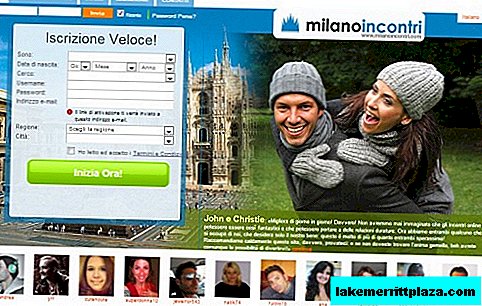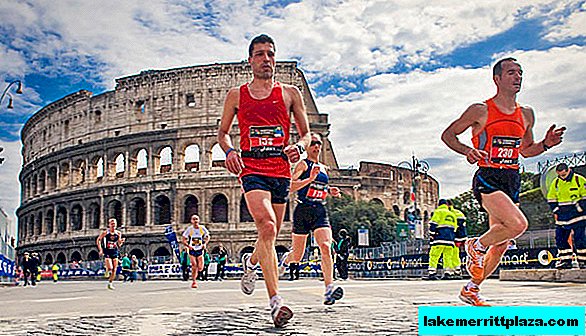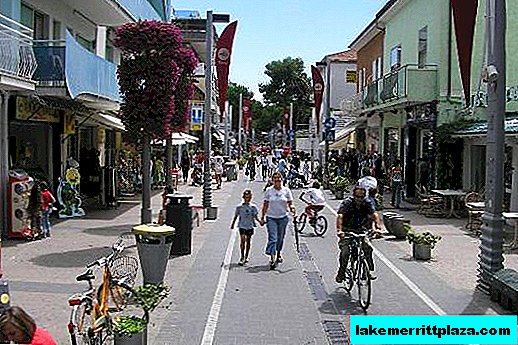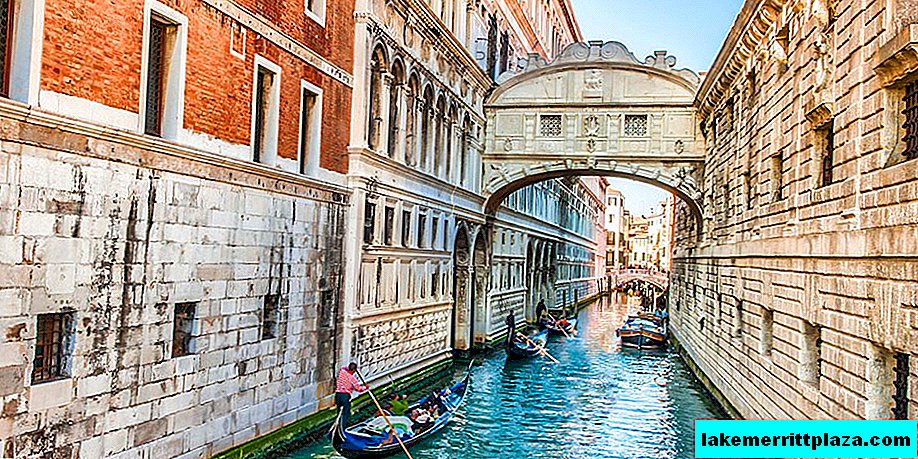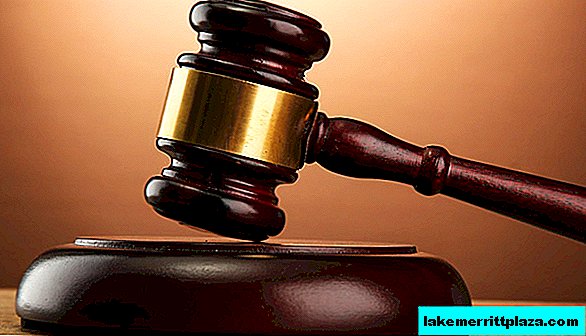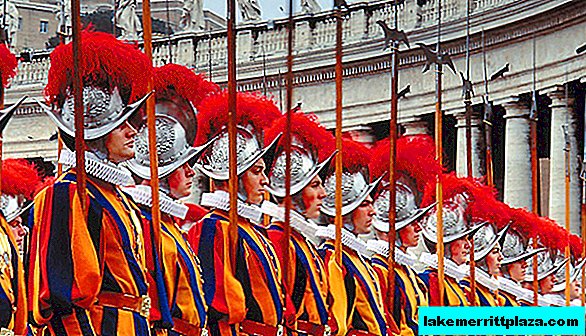The Aachen or Imperial Cathedral (Aachener Dom, Aachener Münster, Kaiserdom) of the diocese of the Roman Catholic Church, located at the junction of the borders of three states - Germany, the Netherlands and Belgium, is a unique architectural complex that combines various styles of construction of Christian churches. It was laid by the King of Francs Charles I the Great in 796 and is the oldest medieval church in Europe. In 1978.

Aachen, or Imperial Cathedral (Aachener Dom, Aachener Münster, Kaiserdom) The diocese of the Roman Catholic Church, located at the junction of the borders of three states - Germany, the Netherlands and Belgium - is a unique architectural complex that combines various styles of construction of Christian churches. It was laid by the king of the francs Charles I the Great in 796 and is the oldest medieval temple in Europe. In 1978, Aachen Cathedral became one of the first objects of the UNESCO World Heritage List.
The oldest and most valuable part of the cathedral is Palatine Chapel erected on the orders of Charlemagne, who at the end of the 8th century planned to create an influential spiritual center and make it his residence. He chose the city of Aachen as the place of construction, and the implementation of the plan was entrusted to the architect Odon Metsky. The master designed a building similar to the Italian church of San Vitale, with a harmonious harmony of motives of late antique and early Byzantine architecture.

The chapel is a monumental two-level octagonal building with a dome and reaches a height of 31 m. The upper part of the building is supported by eight pillars, and eight decorative double columns are installed in the arches of the upper level. Supporting elements, arches, marble floors, and golden mosaics decorating the interior were delivered in accordance with the order of the king from Ravenna and Rome. The interior is surrounded by a 16-sided gallery with a bronze fence.
In the walls of the chapel, spiral staircases leading to the second level were laid, where during the service hours the king sat on the throne, as well as his close ones.

The chapel adjoins the central octahedral core West Hall - a rectangular basilica with several side chapels. Its elongated vaulted forms are made according to the canons of Roman architecture, which gave rise to the Romanesque style.

The construction of the Palatine Chapel was completed in 806. Upon completion of construction Pope Leo III consecrated her in name of the Blessed Virgin. Charles I managed to collect important Christian shrines in his residence: the diaper of the baby Jesus, the loincloth of Christ, the cover of the Virgin Mary, the fabric on which the head of John the Baptist rested after execution. Great relics are kept in the treasury of the cathedral.

Charles I the Great died in 814, and the temple he created became the place of his eternal rest. He was buried in the center of the chapel, as evidenced by the stone now lying there, on which his name is inscribed. The tomb of the king was uncovered several times. For the first time this was done in 1000 by Emperor Otton III and testified that the body of Charles I was very well preserved: the monarch with a crown on his head sat in an armchair and held a scepter. During the canonization of the king of the Franks in 1165, at the behest of Frederick I of Hohenstaufen, a richly decorated box was made for the remains, and a hoop with a diameter of 4.2 m with candles was hung in the center of the hall. In 1215, Frederick II put the body in a precious coffin, which stood on the altar until the XVIII century. Today, Charlemagne is resting inside a gilded ark set in a reliquary. The throne of the king, decorated with gold, can be seen on the upper tier of the sacred monumental octahedron.

The gothic choirs of the chapel were built in the middle of the XIV century. In 1367, the donation of the King of Hungary was built Hungarian side chapelwhich, after the reconstruction of the 18th century, acquired the features of classicism. In the XV century, to accommodate pilgrims, erected several chapels and the Gothic hall, now known as "Glass House". In 1884, one tower was added to the cathedral.
From the moment of its foundation and for six hundred years, German kings have been crowned in the Aachen Cathedral. In the XIV century was built chapel of Karl and Hubertwhere future emperors spent the night before the ceremony.

Over more than ten centuries of history, the Aachen Cathedral has been repeatedly reconstructed and completed, but its central part - the Palatinskaya, or Imperial chapel - retained its original appearance, as well as its deep spiritual meaning. The central octahedron symbolizes harmony and perfection, and the doubled number of faces of the circular gallery predicts the kingdom of heaven.

Aachen, or Imperial Cathedral (Aachener Dom, Aachener Münster, Kaiserdom)
Fischmarkt 1 52062 Aachen, Deutschland
aachendom.de
How do I save on hotels?
Everything is very simple - look not only at the booking. I prefer the search engine RoomGuru. He is looking for discounts at the same time on Booking and on 70 other booking sites.

